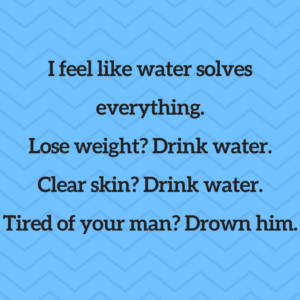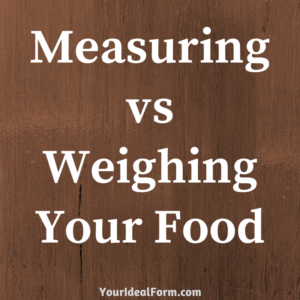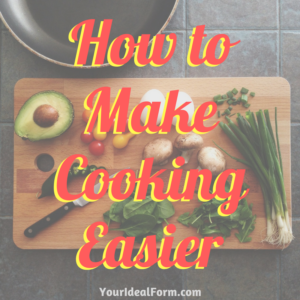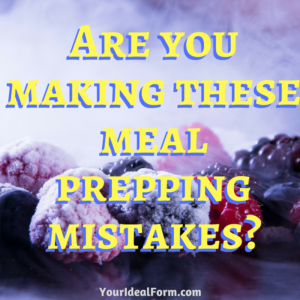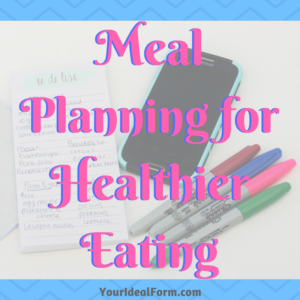
While I wish for all of you to have a thirst, zest and zeal for life, unlike that Dos Equis guy, I do NOT want you to stay (literally) thirsty, my friends. Hydration is important!
Quenches your thirst for zero calories
Most of us have a limit to how many calories we should take in each day. Wouldn’t you rather spend those calories on tasty, filling food rather than just a drink? When you’re thirsty, reaching for water can quench your thirst without cutting into your calorie quota for the day. Also, we often have a tendency to forget to count liquid calories. Using high calorie drinks such as soda to quench our thirst often leads to going over our calorie limit for the day.
Regular hydration prevents retention
There are many reasons your body might retain water. Keeping your hydration level constant can help prevent large fluctuations on the scale when your body needs to use more water for sore muscles or digesting large meals. Staying properly hydrated also prevents your body for mistaking thirst for hunger, making you possibly eat more than you should.
Keep water handy
The best way to get more water throughout the day is to keep it close at hand. Buy a water bottle in your favorite color so that you aren’t ever without something to drink. Test out different kinds as well. You might prefer a wide-mouthed bottle, one with a sports cap, or one with a straw. They even make insulated bottles to keep your water cold, bottles with built in filters if your only option is water from a tap, and even bottles with built in infusers so you can flavor your water with fruit. Get the one that works best for you.
Drink up!
Now that you have a water bottle, be sure you use it! You can set a timer and drink a little bit each hour. You can also make a rule for yourself that you won’t have a second cup of coffee until you’ve had half or a full bottle of water. Perhaps you have to drink an entire bottle before lunch. Yes, you will find you will have to pee a lot at first, but just like any other muscle, your bladder will get stronger over time.
